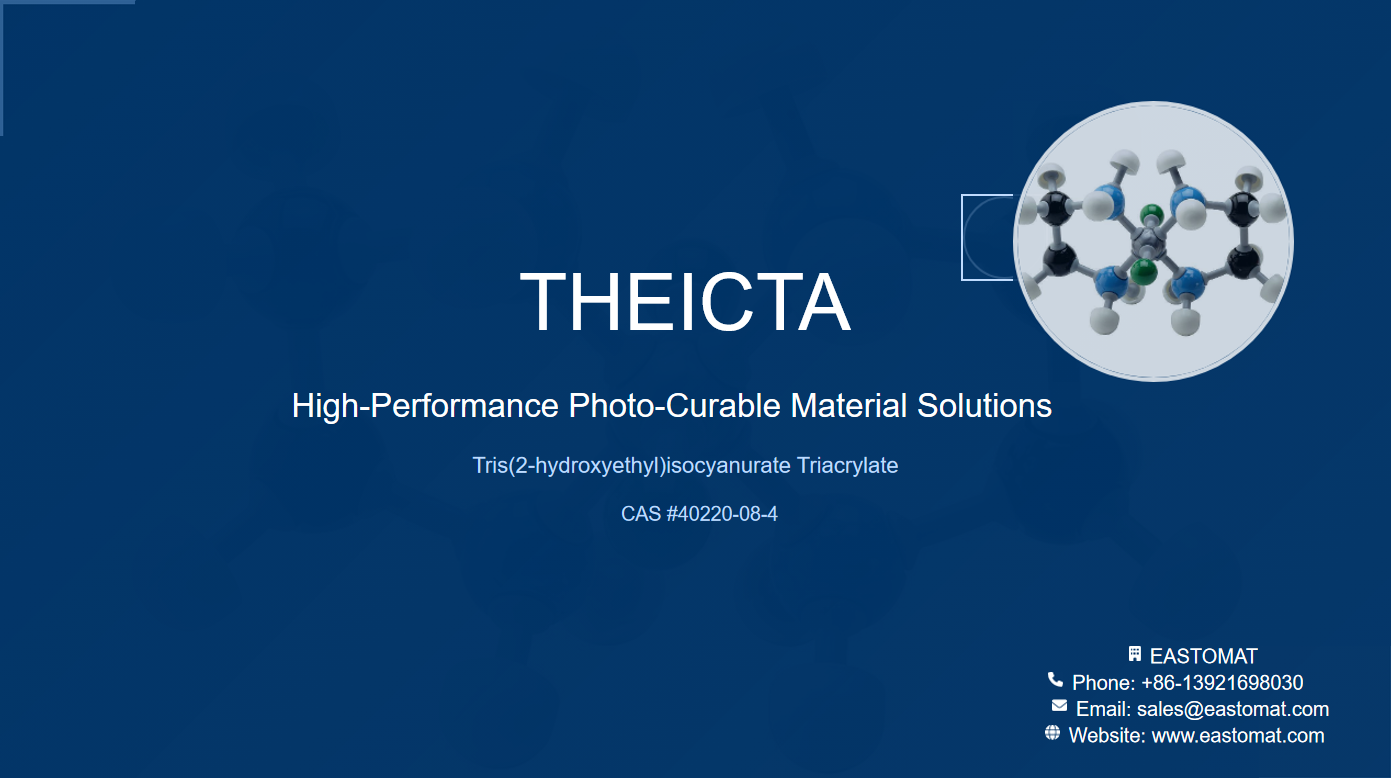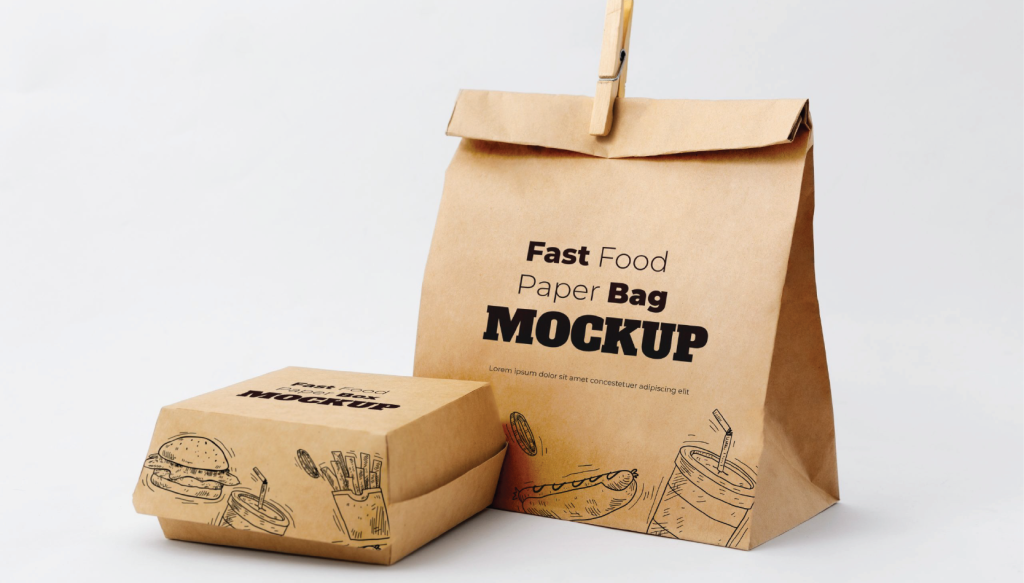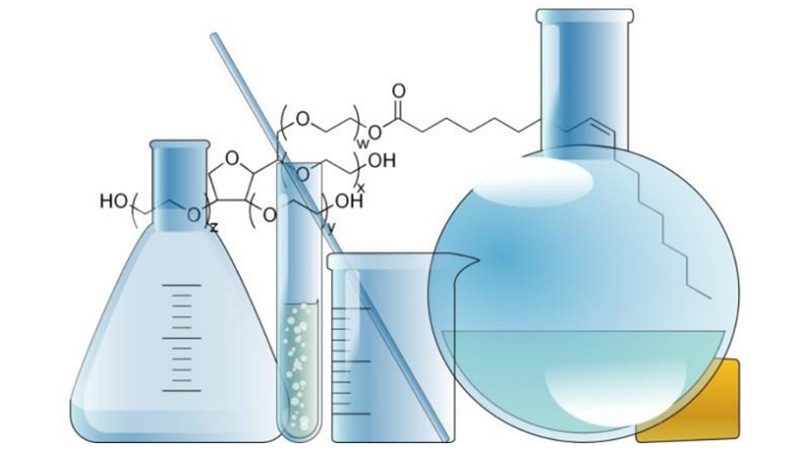Unlocking the New Era of Precision Medicine! Why 3D Printed Medical Models Can't Live Without Their "Invisible Armor" – UV Cured Coatings!
Release time:
2025-06-19
Hey everyone! Did you know? That intricate 3D printed model in your hand is quietly revolutionizing the future of medicine! From "rehearsing" complex surgeries in advance to customizing personalized medical devices, 3D printing makes it all possible.
But just like superheroes need their battle suits, 3D printed medical models also have their "invisible armor" – UV cured coatings! This seemingly ordinary coating is the key to whether the model can truly unlock its full potential. Today, let's reveal why it's so crucial!
3D Printed Medical Models: Limitless Potential, But Challenges Remain!
Imagine a doctor holding a "miniature version" of your body, practicing surgery beforehand – how cool is that?! 3D printing can accurately replicate human structures based on CT/MRI data, offering immense market potential, with projections showing a 15.2% growth rate by 2030!
However, current 3D printed models aren't perfect:
- Rough "Raw House" Surface: Obvious print layers, poor tactile feel, and inaccurate blood flow simulation.
- Insufficient Transparency: Called "transparent," but often hazy, making internal fine structures hard to see.
- Mechanical Property Gaps: Feels and acts unlike real tissue, making surgical simulations less realistic.
- Potential Biocompatibility Risks: Residues from printing materials might be unfriendly to the human body.
It's like having a top-tier battleship, only to find the hull isn't smooth enough, visibility isn't clear, and there are even some leaks! What to do?
UV Cured Coating: The "Magic Upgrade" for 3D Printed Models!
Don't worry, UV cured coating is that "golden key" to solving the problem! It acts like a "magical skin," instantly transforming the model.
What is UV Cured Coating? Simply put, it's applying a special liquid coating to the model's surface, then exposing it to ultraviolet (UV) light. In just a few seconds, the liquid rapidly turns into a hard, smooth protective film!
How UV Coatings Empower 3D Printed Models:
Feature Dimension | Original 3D Printed Model | After UV Cured Coating Optimization | Key Improvement Points |
Optical Transparency | Semi-transparent, hazy, internal structures hard to discern | Over 80% light transmittance, clear internal view | Vascular and cavity structures clearly visible, more precise surgical planning |
Surface Smoothness | Rough, with layer lines (Ra approx. 2000nm) | Mirror-like smoothness (Ra as low as approx. 90nm) | Realistic tactile feel, smooth instrument sliding, accurate fluid simulation |
Mechanical Properties | Prone to wear and scratches | Significantly enhanced hardness and wear resistance, strong adhesion | More durable models, reusable for repeated operations, less prone to damage |
Biocompatibility | Potential for residue leaching | Forms a safe barrier, preventing harmful substance leaching, safer | Suitable for biological research, in-vitro validation, reduces contact risks |
Functional Expansion | Single form | Customizable hydrophobic/hydrophilic/antibacterial functions | Meets more complex scientific research and specific application needs |
See that astonishing comparison?! UV coating is simply the "beauty filter + reinforcement" for models!
Diving Deeper: The "Black Tech" Behind UV Coatings!
Why do UV coatings possess such magic? This is attributed to their unique chemical principles and material systems:
- Rapid Curing: Under UV light exposure, photoinitiators instantly activate, completing curing in seconds – super efficient!
- Low Temperature & Eco-friendly: Cures at room temperature, doesn't damage models, and mostly solvent-free formulations are super environmentally friendly!
- Advanced Materials:
- Thiol-ene System: Extremely strong adhesion, thorough curing, resistant to oxygen inhibition, and excellent transparency!
- Organic-Inorganic Hybrid (OIH): First-class hardness, wear resistance, and weatherability – robust and durable!
- IRUA (Inherently Reactive Urethane Acrylates): Photoinitiators are "locked" within the material, practically no free leachables, extremely high safety, especially suitable for medical applications! ️
- Thiol-ene System: Extremely strong adhesion, thorough curing, resistant to oxygen inhibition, and excellent transparency!
Coating Process: How to Put on the "Invisible Coat" for Models?
Whether it's dip coating, spray coating, spin coating, or flow coating, engineers choose the most suitable "application" method based on the model's shape and requirements, ensuring the coating is uniform and flawless, typically controlled at around 50 micrometers thick, without affecting the model's accuracy.
UV Cured Coatings: The "Super Assistant" in Precision Medicine!
3D printed models enhanced with UV cured coatings are no longer just "decorations" but true "operating room simulators" and "medical training artifacts"!
1. Surgical Planning & Simulation: See Clearly, Practice Realistically!
Transparent models clearly show the complex spatial relationship between lesions, blood vessels, and nerves. Doctors can "rehearse" surgery in advance, design optimal plans, significantly reducing surgical risks!
2. Medical Education & Training: No More "Armchair Practice"!
Medical students and young doctors can repeatedly practice cutting, suturing, and other operations on models, rapidly improving clinical skills – far more effective than just reading books!
3. Medical Device R&D & Validation: Accelerating Innovation!
New medical device R&D is no longer blind! Testing stent, catheter, and other device performance on highly realistic models significantly shortens R&D cycles and reduces costs.
4. Doctor-Patient Communication: What You See Is What You Get, Deeper Understanding!
Doctors can hold the model to visually explain conditions and surgical plans to patients and their families, making it clear at a glance. This reduces patient anxiety and improves trust and adherence to treatment.
5. More Potential:
- Forensic Identification: Accurately replicating trauma, providing strong evidence.
- Biological Research: Providing stable, safe environments for cell culture.
- Public Health Education: Visually demonstrating disease impact to raise health awareness.
Challenges & Outlook: Unlimited Future Possibilities!
Of course, this technology is still evolving. Challenges and opportunities coexist:
- Challenges: Pursuing more complex material simulations, long-term biocompatibility, uniform coating for complex shapes, as well as cost control and regulatory certification.
- Outlook:
- Multi-material integration: One model, multiple functions, simulating different tissue properties.
- Smart responsive coatings: Simulating pathological changes, even self-healing!
- Automated coating: Precise, efficient, enabling large-scale production.
- Bio-manufacturing integration: Creating "living" models for tissue engineering research.
- Multi-material integration: One model, multiple functions, simulating different tissue properties.
In the future, UV cured coatings will make 3D printed medical models smarter, more realistic, and more clinically valuable, truly paving the way for the full arrival of the precision medicine era!
What other potential applications do you see for UV cured coatings in the medical field? Share your thoughts in the comments!
#3DPrinting #PrecisionMedicine #UVCuring #MedicalInnovation #TechForGood #MedicalEducation #SurgicalSimulation
Previous Page
Latest News
Get a Free Consultancy
NANTONG EASTO MATERIALS TECHNOLOGY CO.,LTD.

No.118,Zhujiang Rd.,Juegang St.,Rudong County,
Nantong City,Jiangsu Province,226400,China




 2025-06-25
2025-06-25







